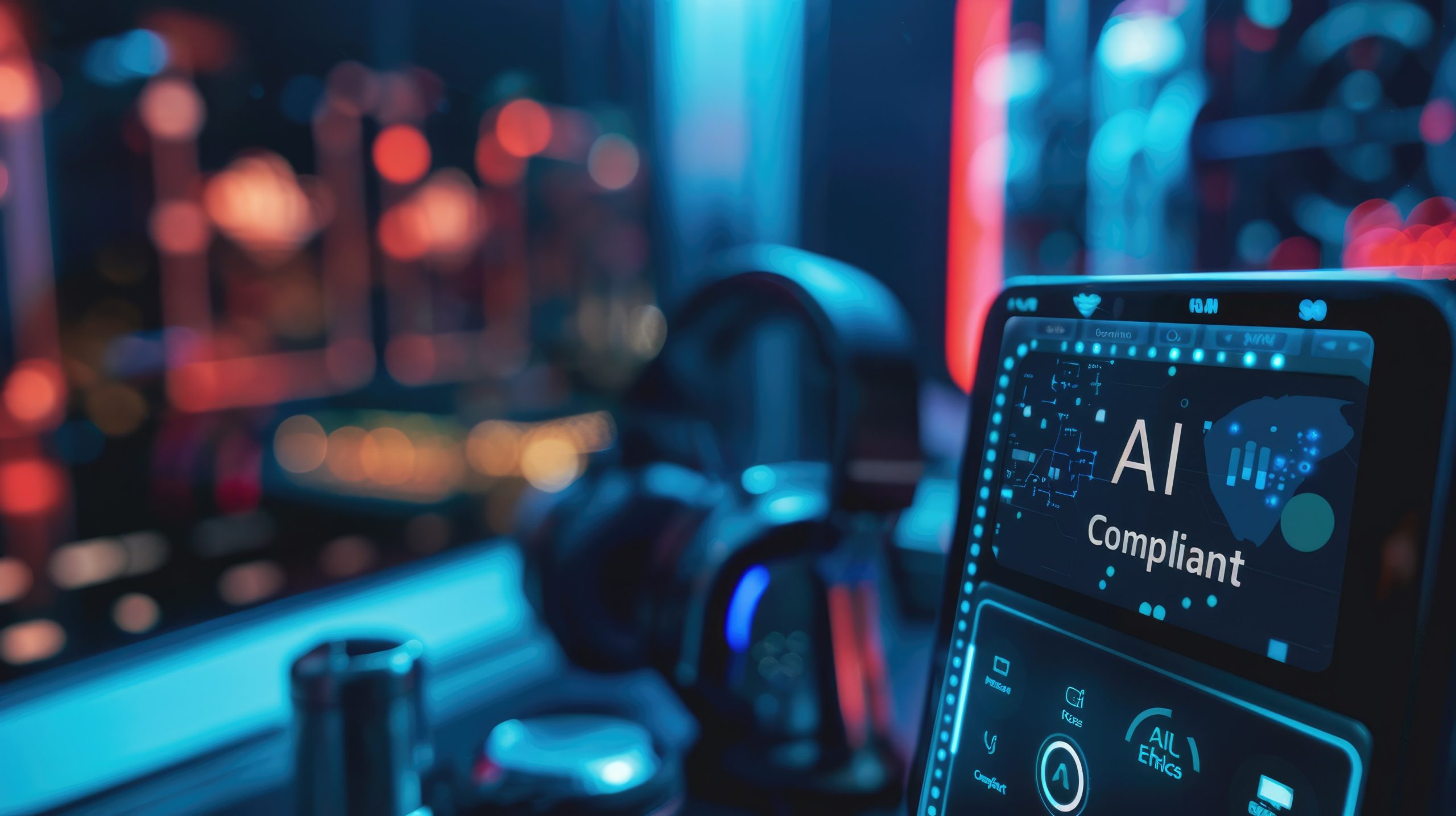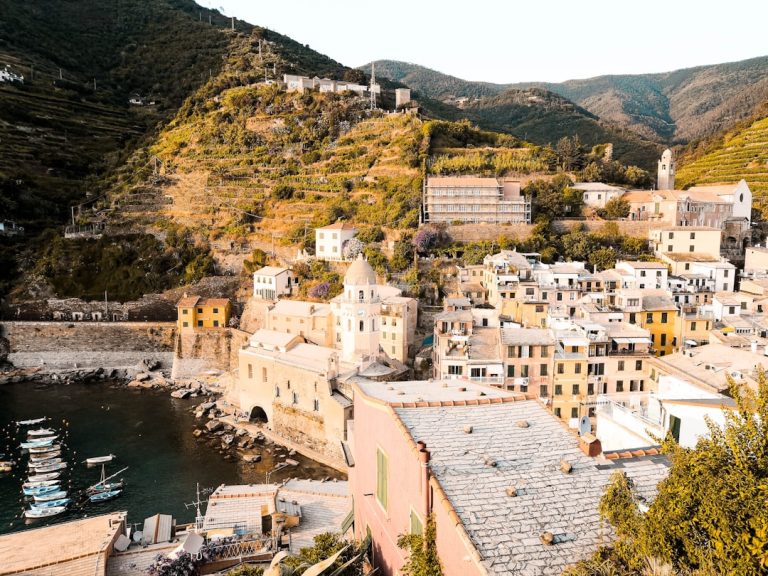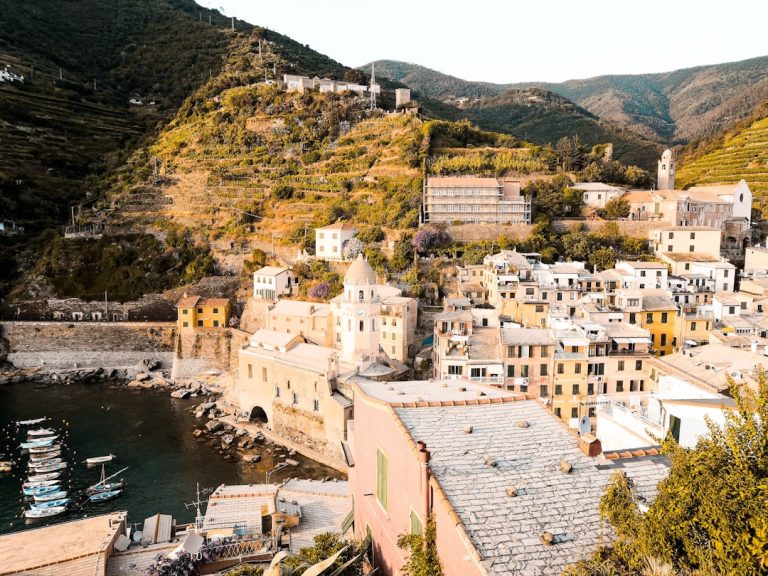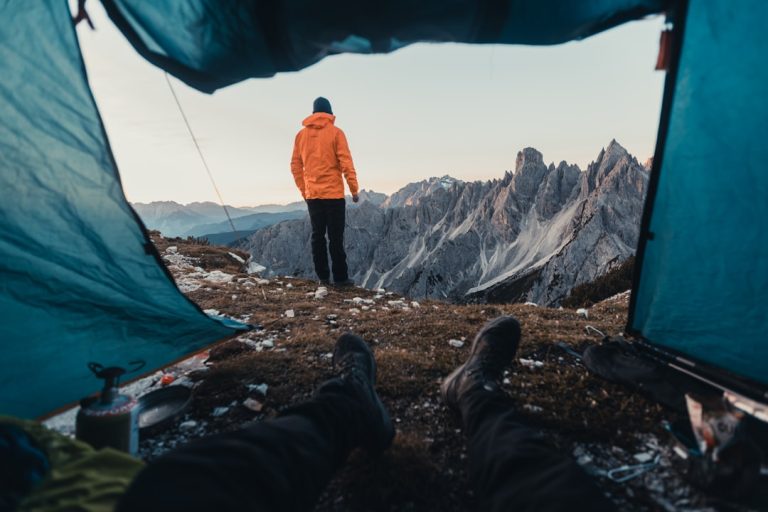More Than a Tool: How AI is Becoming a Creator’s New Collaborative Partner
For the past few years, the conversation around AI for content creators has focused on enhancement. AI-powered microphones clean up our audio, AI cameras keep us perfectly in frame, and AI software sharpens our video quality. These are incredible tools that handle the technical side of production, allowing us to produce more professional content. But a new wave of AI is emerging, and it’s poised to do something far more profound. What if AI could help not just with the quality of the content, but with the idea itself? The next generation of AI-powered software is moving beyond being a simple tool and is becoming a true collaborative partner in the creative process.
The AI Co-Writer and Brainstorming Partner
Every creator is familiar with the terror of the blank page. Whether it’s writer’s block for a video script, struggling to find a catchy title, or simply running out of fresh ideas for content, the pre-production phase can be a lonely, uphill battle. This is where AI language models have become an indispensable partner. By providing a simple prompt or a half-formed idea, a creator can ask an AI to generate a list of video concepts, outline a narrative structure, or even write a full first draft of a script.
This isn’t about replacing the writer; it’s about augmenting them. The AI acts as a tireless brainstorming partner that never runs out of energy. It can offer different angles, suggest alternative phrasings, and help a creator push through a mental block in minutes rather than hours. It can take a complex topic and break it down into simple, easy-to-digest points for a script. For YouTubers, it can generate dozens of SEO-optimized titles and descriptions to test. This collaboration accelerates the entire ideation process, freeing the creator to focus on refining the best ideas rather than struggling to find them.
The Algorithmic Artist and Composer
Creating high-quality visuals and music is another major hurdle for many solo creators. Not everyone is a skilled graphic designer or a trained musician. Generative AI is democratizing visual and audio creation in an unprecedented way. Platforms like Midjourney and DALL-E can turn a simple text description into a stunning, unique piece of artwork perfect for a YouTube thumbnail, a website banner, or a background asset in a video. A creator can simply type “cinematic, hyper-detailed fantasy landscape with a glowing castle,” and receive a professional-quality image in seconds.
The same revolution is happening in music. AI music composition tools can generate royalty-free background music tailored to the specific needs of a video. A creator can specify the mood (“uplifting and adventurous”), the genre (“lo-fi beats”), the instruments, and the exact length required, and the AI will compose a unique track that perfectly fits the content. This solves one of the biggest and most expensive problems for creators: finding and licensing high-quality music.
The fear that AI will replace human creativity is understandable, but misplaced. These new AI collaborators are not here to take over. They are here to amplify. They handle the grunt work, provide endless inspiration, and give creators powerful new capabilities. The future of content creation belongs to those who learn to effectively partner with these intelligent systems. The AI is not the artist; it is the ultimate muse, a co-pilot that allows the human creator to navigate the creative process faster, more efficiently, and more imaginatively than ever before.




